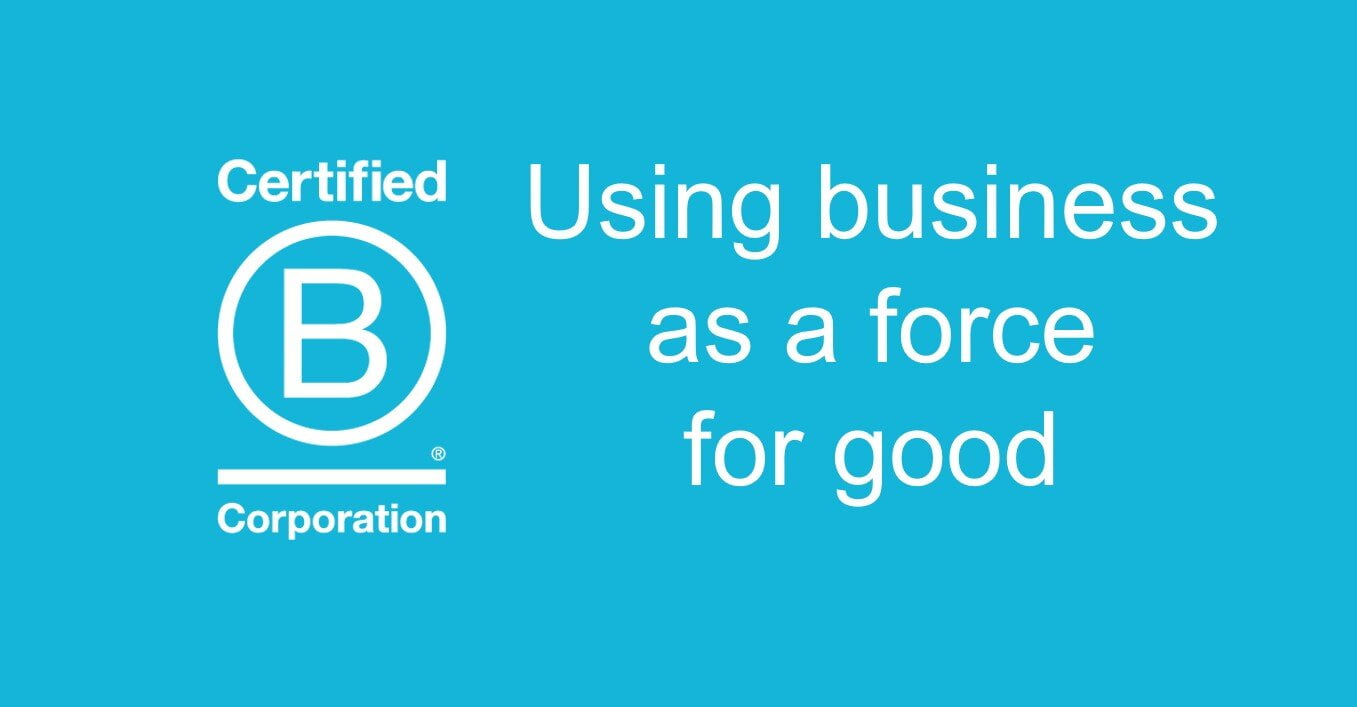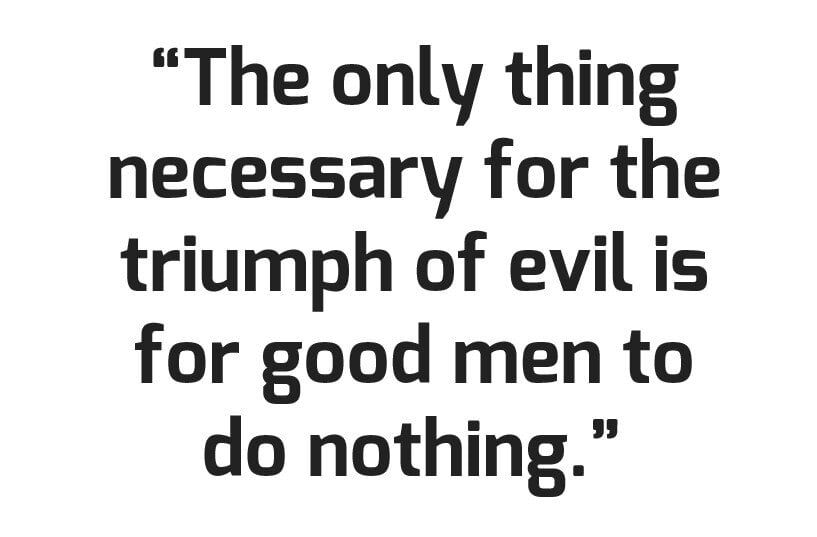October marks Black History Month in the UK. It’s a time when we remember and celebrate the accomplishments of individuals from African and Caribbean backgrounds. It also presents us with an opportunity to think about how contributions from these individuals may still be overlooked or ignored in the workplace today and, indeed, in society at large.
At the start of the month, B Lab reminded businesses that they have a hugely important part to play in national celebrations like these. In order to honour Black History Month, and to generally grow as an organisation, companies should be looking at how they can foster diversity in the workplace and promote an inclusive work culture.
There’s no doubt that diversity, equity and inclusion have become greater priorities for many businesses in the last few years, but there is still a lot of room for improvement. A 2020 report, launched by DIAL Global and Ipsos MORI, showed that only four in ten (43%) of the organisations surveyed ‘report their progress against measurement objectives for Leadership Team ethnic diversity’. On top of this, a mere 22% of the participating companies published their ethnicity pay gap.
With this in mind, let’s take a look at some of the ways companies can turn diversity and inclusion (D&I) talk into action:
1. Revise policies
Businesses are encouraged to approach diversity and inclusion objectives in the same way they would any other kind of policy. D&I policies should be integrated into the company’s long-term business strategy and, where possible, assigned their own committee or manager.
B Lab recommends starting with three basic D&I policies:
• Equal opportunity / employment
• Non-discrimination / harassment
• Complaints/grievance process
2. Provide D&I training for all staff
D&I training should be framed as an opportunity for personal and professional growth. B Lab asks that staff at all levels of the company take part in this training, noting that involvement from senior management sets a good example for the rest of the workforce.
The B Lab Best Practice Guide suggests the following types of D&I training:
• Unconscious bias training
• Cultural awareness and competency training
• Cross cultural team building
• Empathy and emotional training
3. Examine recruitment processes
There are a number of things that businesses can do to ensure their hiring practices are fair. These might include:
• Using inclusive language in job ads
• Hiding demographic or identifying information in candidate’s CV
• Asking all candidates the same questions or using pre-recorded video interview questions
• Making sure all interviewing staff have completed equality and diversity training
4. Focus on inclusive onboarding
Employees need to feel welcome from the get-go. Creating a positive onboarding experience is one of the best ways to foster a sense of belonging.
Companies might do this by hosting a diversity and inclusion onboarding session or by simply making new employees aware of existing D&I policies. It’s also important to inform new hires of the Employee Resource Groups (ERGs) that are available to them.
5. Frequently monitor D&I progress
It’s a good idea to collect the demographic data of your workforce and get feedback from employees about their experience in the workplace. This can highlight areas where the business might be able to improve and call attention to any blind spots or D&I issues that the company might not have been aware of.
6. Ensure pay equity
The pay gap isn’t just an issue of gender. Reports show that Black employees are paid less than their white counterparts. Even with the same level of training and education, Black workers in management roles or high-wage occupations still earn less.
Employers should be aware of this when they hire employees and when they offer promotions. They should also track pay gap data and be transparent about these metrics.
Large UK organisations – those with over 250 employees – are required by law to report gender pay gap information. While there is no legal requirement for businesses to publish their ethnicity pay gap, the Commission for Race and Ethnic Disparities strongly recommends that they do.
For more information about diversity and inclusion in the workplace, check out B Lab’s Best Practice Guide here: https://bcorporation.eu/for-b-corps/resource-library
If you’d like to learn more about how you can put these D&I efforts into practice and become a B Corp, feel free to send an email to: andy@businessonpurpose.uk






